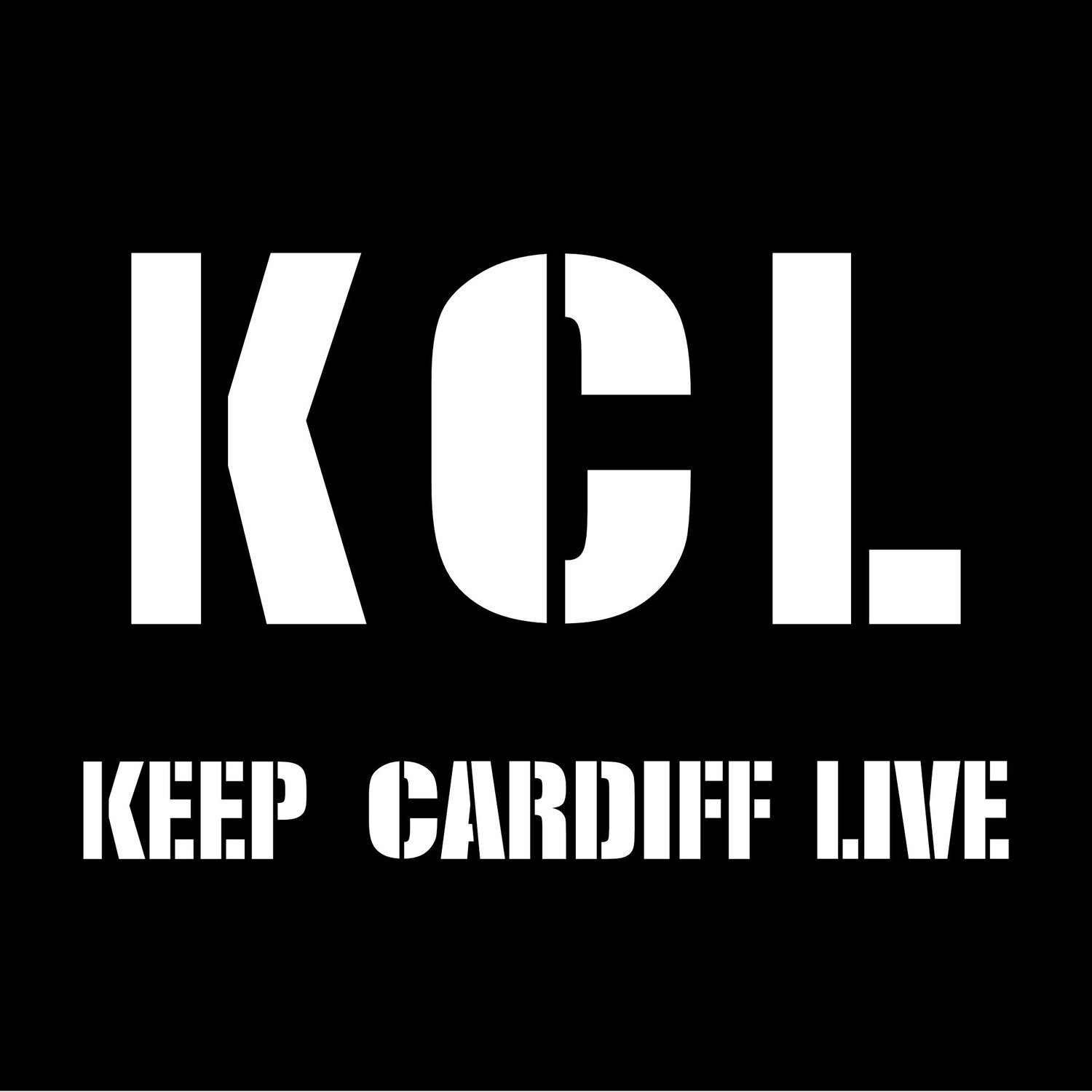While 2020 might feel like stepping in chewing gum, and coronavirus thinking it could have frozen the whole music industry- it is thriving in the digital world now more than ever. KO pandemic.
The amazing people from University of South Wales in collaboration Foxy Roxies and us, KCL, brought you something you have never seen before, an online festival, which means you can listen to live music from your bedroom, kitchen, or shed for free. Easily accessible live streams will take you to the heart of the British music scene and its various genres each day from 29th of April till the 3rd of May.
CMF Festival is also raising money for the charity called Heads Above The Waves, a non-profit organisation that supports young people and raises awareness about mental health issues. It is important that we support each other now more than ever, especially that we are all stuck in isolation, so let’s text our friends, call our grandmas, let’s make sure everyone is doing alright.
The first event of the festival kicked off with indie music, and we had a pleasure to virtually rub shoulders with some great Cardiff based acts like Yasmine & the Euphoria and The Rotanas, Dyme, Beano Naboo and the Real Keepers, Bloom, and Nathan Warnes.
For extra festival vibes I actually dressed up and did makeup, coronavirus ain’t stopping me from going to gigs and living my life, at least in the lockdown sense.
Our host for the night, Ben, led us through all the performances, starting off with Nathan Warnes, who opened his set with the newest single “The Crowd”, from the corner of his bedroom I’m guessing. Same as Nathan, Dyme were streaming from home as well. Dyme’s fantastic twist of pop and alternative brought a new vibe to the festival. Definitely something to chill to, catchy songs with incredible vocals, sometimes even dreamy I’d say. The alt-pop collective performed “Different Side” (my personal fave) followed by “Could Be Anything” and “Wht.Yth”, then finished their set with “Distance”, adding a lockdown reference.
Due to isolation, bloom! couldn’t perform for us at its full strength. Instead, we saw the band’s singer by herself- Sophie with great acoustics and powerful vocals. I saw the band live a couple of months back, when life used to be normal, and with or without the electrics- bloom! smashes it anyways.
Yasmine & the Euphoria were just strikingly fantastic, my jaw dropped straight onto the floor, vocals and electric guitar stole my heart. It makes me want to scream as I’m listening to the stream again, I’m begging for a gig. The 15-minute set was pre-recorded by Foxy Roxies, who also brought us Beano Naboo and the Real Keepers, and provided the incredible sound and video quality.
Brought to Cardiff Music Festival by KCL, The Rotanas welcomed us with the sound of opening a can, and an acoustic version of their new track called “Spinner”. Inspired by the 90s, gritty yet subtle Gritpop band performed a 12-minute set last night. In a strange twist of fate, I’ve never seen The Rotanas live, and considering my love for Britpop, I’ve always wanted to!
CMF Festival will continue at 4:00pm this afternoon with its second event called “Moonlight”.
Kinga Balasz












